94 results in Cambridge Library Collection - Zoology
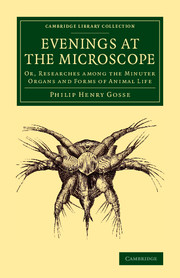
Evenings at the Microscope
- Or, Researches among the Minuter Organs and Forms of Animal Life
-
- Published online:
- 05 June 2016
- Print publication:
- 02 July 2015
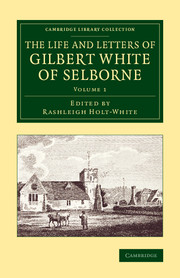
The Life and Letters of Gilbert White of Selborne
-
- Published online:
- 05 June 2015
- Print publication:
- 01 January 2015
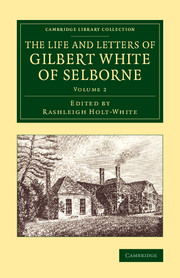
The Life and Letters of Gilbert White of Selborne
-
- Published online:
- 05 June 2015
- Print publication:
- 01 January 2015
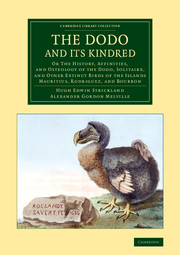
The Dodo and its Kindred
- Or The History, Affinities, and Osteology of the Dodo, Solitaire, and Other Extinct Birds of the Islands Mauritius, Rodriguez, and Bourbon
-
- Published online:
- 05 June 2015
- Print publication:
- 01 January 2015

Land and Sea
-
- Published online:
- 18 December 2014
- Print publication:
- 28 August 2014

A Naturalist's Calendar
- With Observations in Various Branches of Natural History
-
- Published online:
- 05 June 2015
- Print publication:
- 21 August 2014
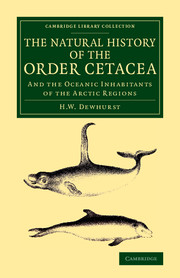
The Natural History of the Order Cetacea
- And the Oceanic Inhabitants of the Arctic Regions
-
- Published online:
- 05 June 2015
- Print publication:
- 21 August 2014
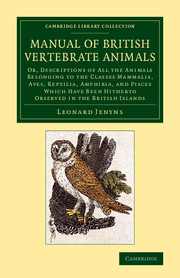
A Manual of British Vertebrate Animals
- Or, Descriptions of All the Animals Belonging to the Classes Mammalia, Aves, Reptilia, Amphibia, and Pisces Which Have Been Hitherto Observed in the British Islands
-
- Published online:
- 18 December 2014
- Print publication:
- 17 July 2014

On the Adaptation of External Nature to the Physical Condition of Man
- Principally with Reference to the Supply of his Wants and the Exercise of his Intellectual Faculties
-
- Published online:
- 05 December 2014
- Print publication:
- 17 July 2014
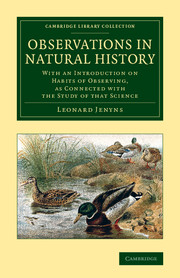
Observations in Natural History
- With an Introduction on Habits of Observing, as Connected with the Study of that Science
-
- Published online:
- 18 December 2014
- Print publication:
- 10 July 2014

Memoirs of Baron Cuvier
-
- Published online:
- 18 December 2014
- Print publication:
- 08 May 2014
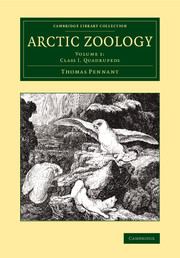
Arctic Zoology
-
- Published online:
- 05 November 2014
- Print publication:
- 24 April 2014
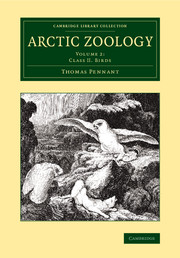
Arctic Zoology
-
- Published online:
- 05 November 2014
- Print publication:
- 24 April 2014

Exposition méthodique des genres de l'ordre des polypiers
- Avec leur description et celle des principales espèces, figurées dans 84 planches, les 63 premières appartenant à l'histoire naturelle des zoophytes d'Ellis et Solander
-
- Published online:
- 05 October 2014
- Print publication:
- 20 February 2014
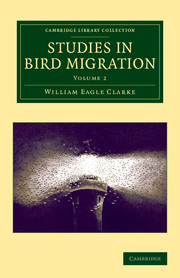
Studies in Bird Migration
-
- Published online:
- 05 October 2014
- Print publication:
- 02 January 2014
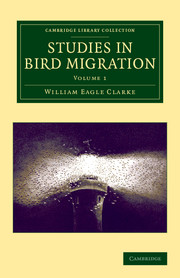
Studies in Bird Migration
-
- Published online:
- 05 October 2014
- Print publication:
- 02 January 2014
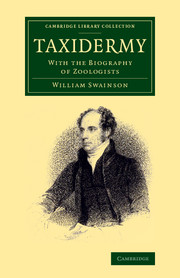
Taxidermy
- With the Biography of Zoologists
-
- Published online:
- 05 October 2014
- Print publication:
- 02 January 2014
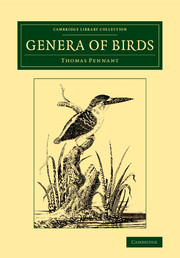
Genera of Birds
-
- Published online:
- 05 October 2014
- Print publication:
- 02 January 2014

The Rev. J. G. Wood
- His Life and Work
-
- Published online:
- 05 October 2014
- Print publication:
- 21 November 2013
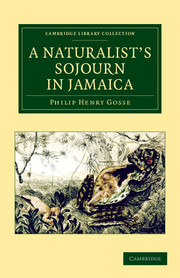
A Naturalist's Sojourn in Jamaica
-
- Published online:
- 05 October 2014
- Print publication:
- 31 October 2013



